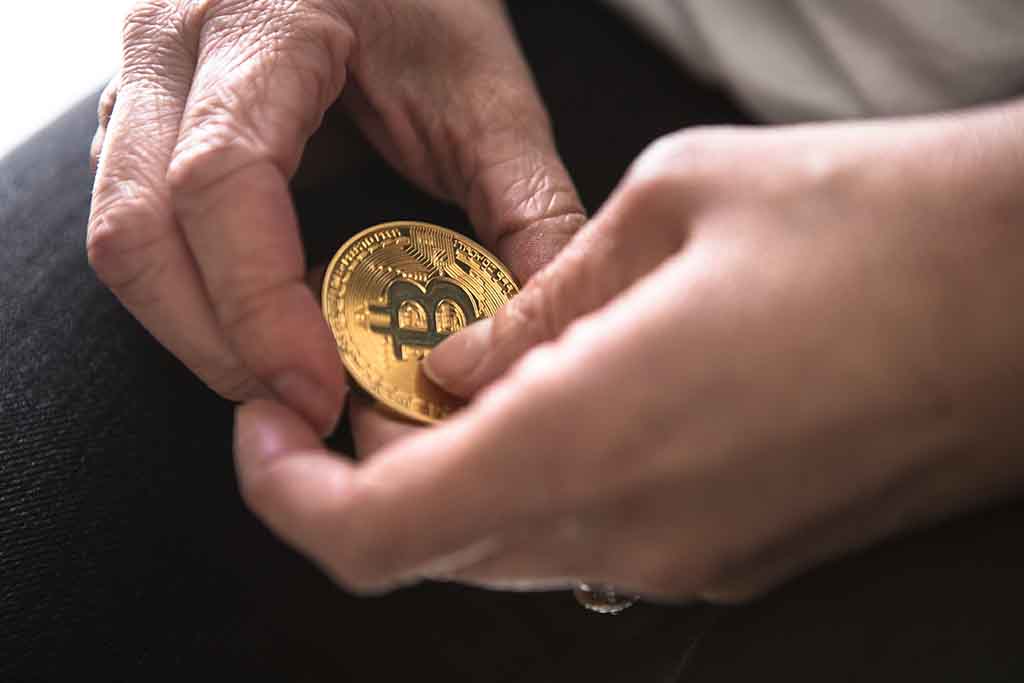
Darya is a crypto enthusiast who strongly believes in the future of blockchain. Being a hospitality professional, she is interested in finding the ways blockchain can change different industries and bring our life to a different level.
As the supply of Bitcoin is fixed, only 1 percent of the world’s population can have more than 0.28 BTC. In the upcoming years, this scarcity will increase.

There in no person in the world who does not know about digital currencies. All of them, Bitcoin as crypto number one in particular, are on the news all the time. It is also known that Bitcoin was designed with the intention of having a limited supply which is fixed at 21 million BTC and can not be altered. That’s why miners who slowly make Bitcoin available are coming closer to the end. And this scarcity is increasing, which means that the total possible number of those who can ever own one whole Bitcoin is reduced.
Steve Lee, Former Google Product Director and volunteer Bitcoin PM, described on his Twitter the limitations that consumers are currently facing:
If you own 0.28 BTC and HODL, you can be certain no more than 1% of the current world's population can EVER own more BTC than you. A modest investment of $1,830 today can ensure you are a 1%er in a future Bitcoin world. https://t.co/9k3XZa09Yo
— ₿ Steve Lee (@moneyball) October 2, 2018
In the end of 2017, Chainalysis, a forensics company that evaluates cryptocurrencies, found out that four million BTC are forever lost as a result of theft, loss of wallets or private keys, and Satoshi’s unused and allegedly inactive wallet. After these numbers were revealed, Kim Grauer, Senior Economist at Chainalysis, said that the market cap did not take into account the lost amount. That’s why the real price of Bitcoin could be much higher.
Kim Grauer said:
“That is a very complex question. On the one hand, direct calculations about market cap do not take lost coins into consideration. Considering how highly speculative this field is, those market cap calculations may make it into economic models of the market that impact spending activity.”
The 0.28 BTC figure mentioned by Lee is explained as follows: the assumed supply of Bitcoin is 21 million. This amount is first divided by 0.28 and then by the world population equal to 7.442 billion. If the findings of Chainalysis are correct, then the current number of Bitcoin available should be about 16 to 17 million. The result of the research means that less than 0.2% of the population will be able to have more than 1 BTC in their digital wallet.
There are not enough bitcoins for everyone with a Coinbase account to own one. https://t.co/1NJpD6N6MJ
— Jameson Lopp (@lopp) October 3, 2018
The question based on such results is whether the price of Bitcoin should be higher. In the upcoming years, the 0.2 percent figure is expected to decline substantially. However, the crypto market is still at an early stage of development, that’s why there are a lot of opportunities for growth.
Another question is regulation and management of cryptos. There is still no final decision about how this type of assets should be managed and controlled because members of such influential governmental agencies as the Securities and Exchange Commission (SEC) and the Commodities Futures Trading Commission (CFTC) haven’t managed to come to a single opinion.
However, the CFTC Chairman Christopher Giancarlo is very positive about the potential and future of cryptocurrencies. Giancarlo believes that cryptocurrency is here to stay even if it doesn’t become the world’s leading class of assets.

Darya is a crypto enthusiast who strongly believes in the future of blockchain. Being a hospitality professional, she is interested in finding the ways blockchain can change different industries and bring our life to a different level.




